Author: Whitehawk Birding
-
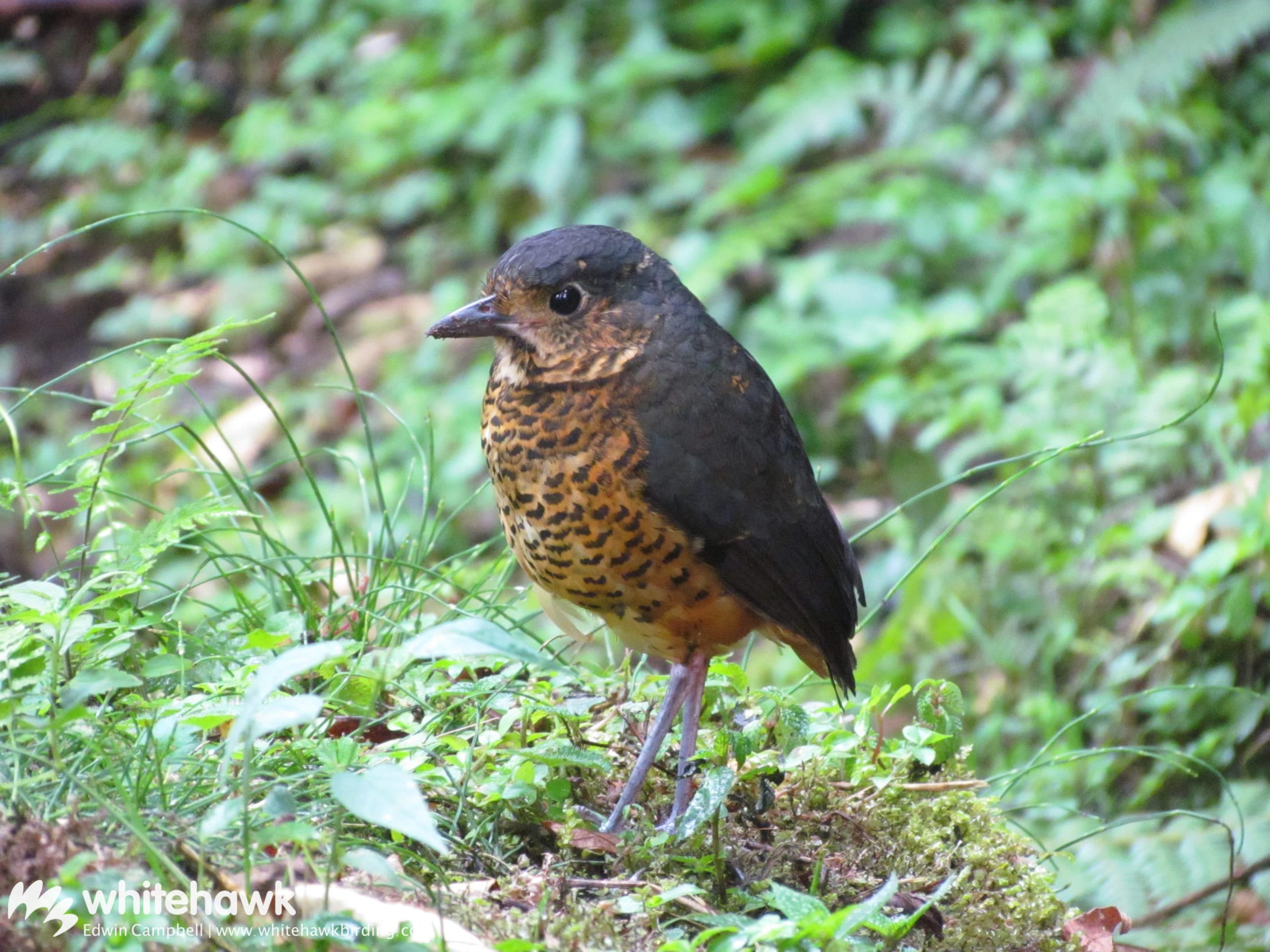
The City of Antpittas
Perhaps the simplest and most humorous description of antpittas is that they look like ‘eggs with legs.’ This description might also remind you of Sheldon, Garfield the Cat’s friend, or Humpty Dumpty of “Through the Looking-Glass.” In fact, Humpty Dumpty’s name in Spanish is Zanco Panco. Zanco refers to his long legs, as does the…
-

Panama Wildlife: A Glimpse at Great Biodiversity
The narrow Isthmus of Panama is home to the famous Panama Canal and is nestled between Costa Rica and Colombia. It forms a land bridge between North and South America. It is a hotbed for biodiversity and has the most species recorded of all Central American countries. Panama’s landscape is comprised of low elevation rainforest…
-
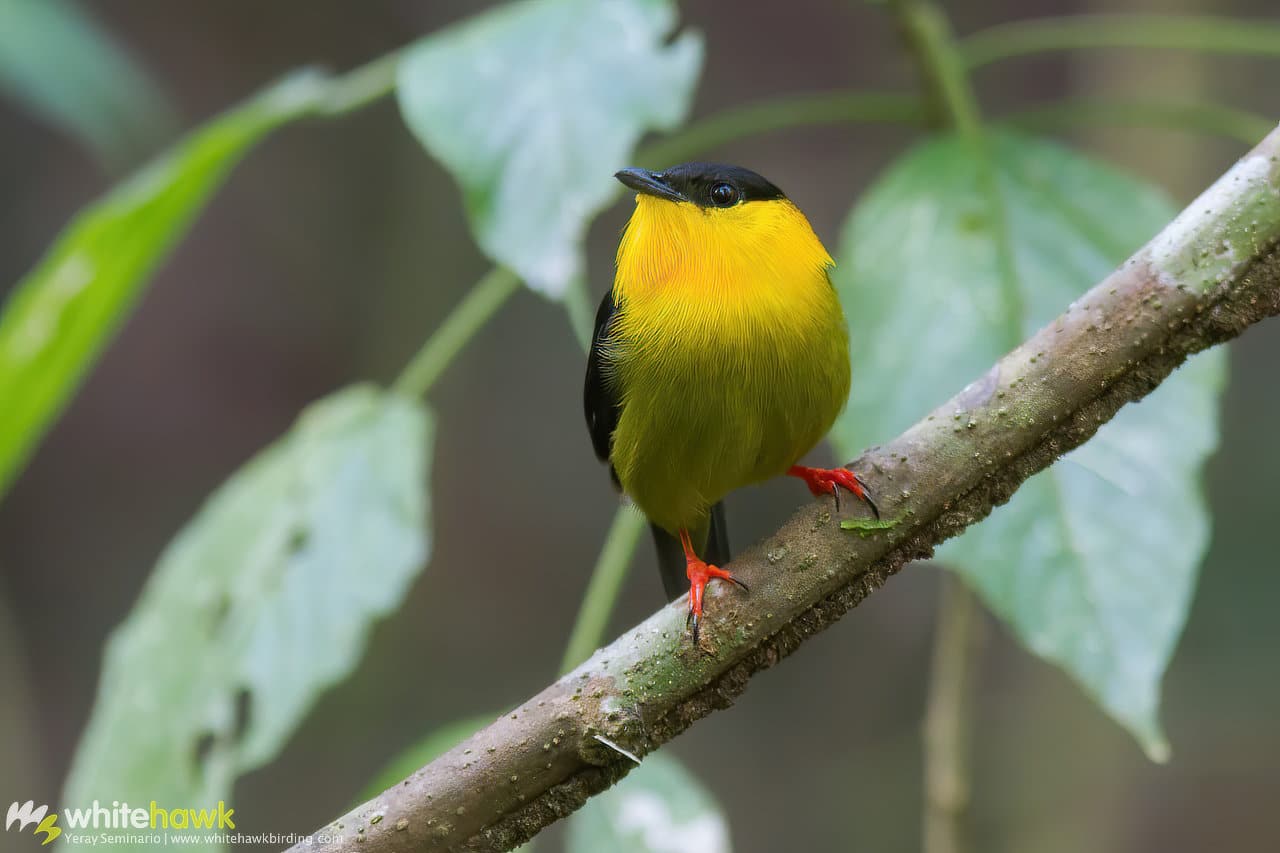
October Big Day 2020: The Biggest Birding Day of the Year!
The October Big Day 2020 is coming up this weekend on Saturday, October 17. We at Whitehawk, along with our sister company, Birding the Strait, plan to make the most out of it. This is an initiative of Cornell Lab of Ornithology which basically consists of going birding, and uploading as many bird lists to…
-
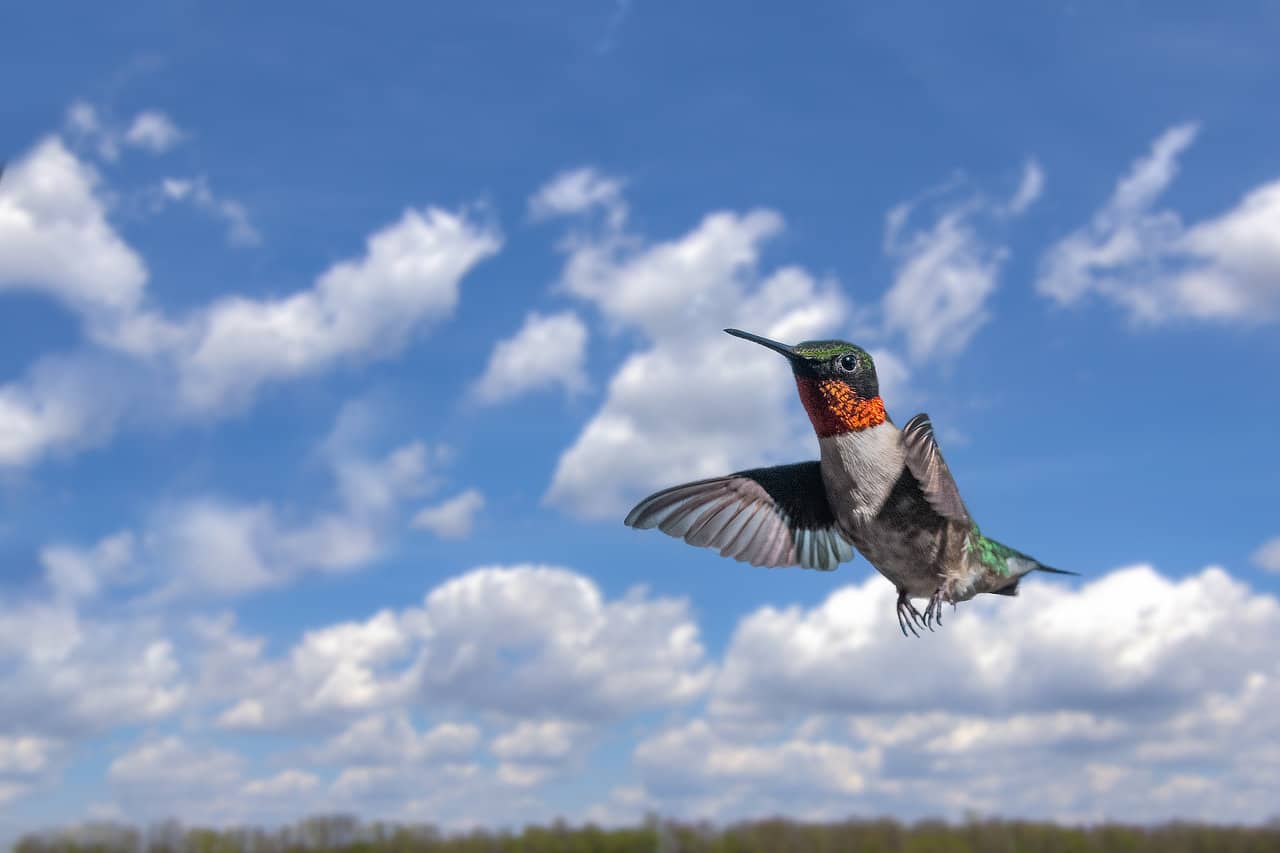
Hummingbird Migration: A Marvel of Nature
Hummingbirds are some of nature’s most amazing creatures. They are among the smallest birds in the world. Iridescent colors on their crowns, gorgets, and backs call our attention as they glitter in the sun. Furthermore, they have many fascinating adaptations and behaviors, even some that are seemingly impossible for such tiny birds. A majority of…
-
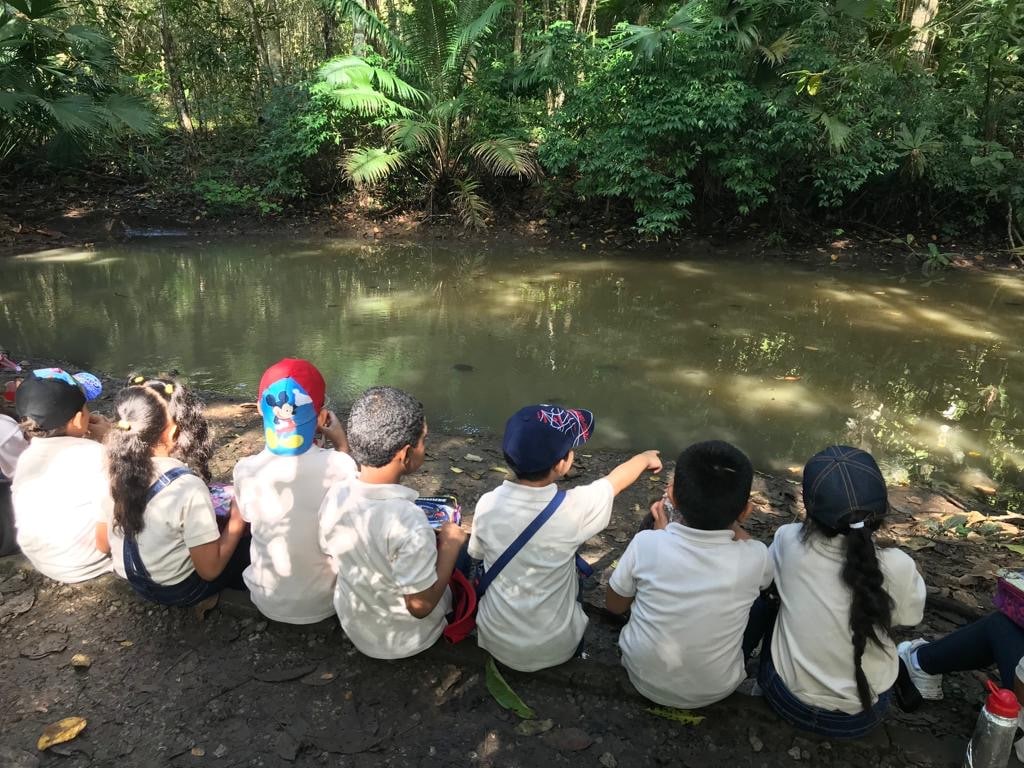
What is Environmental Education?
The term “environmental education” has been popular for decades. You have probably heard it mentioned in news reports, newsletters from conservation groups, magazine articles, and even right here on our Whitehawk blog! But what exactly is environmental education? Why is it important? And how can it benefit us and our families while also benefitting non-human…
-
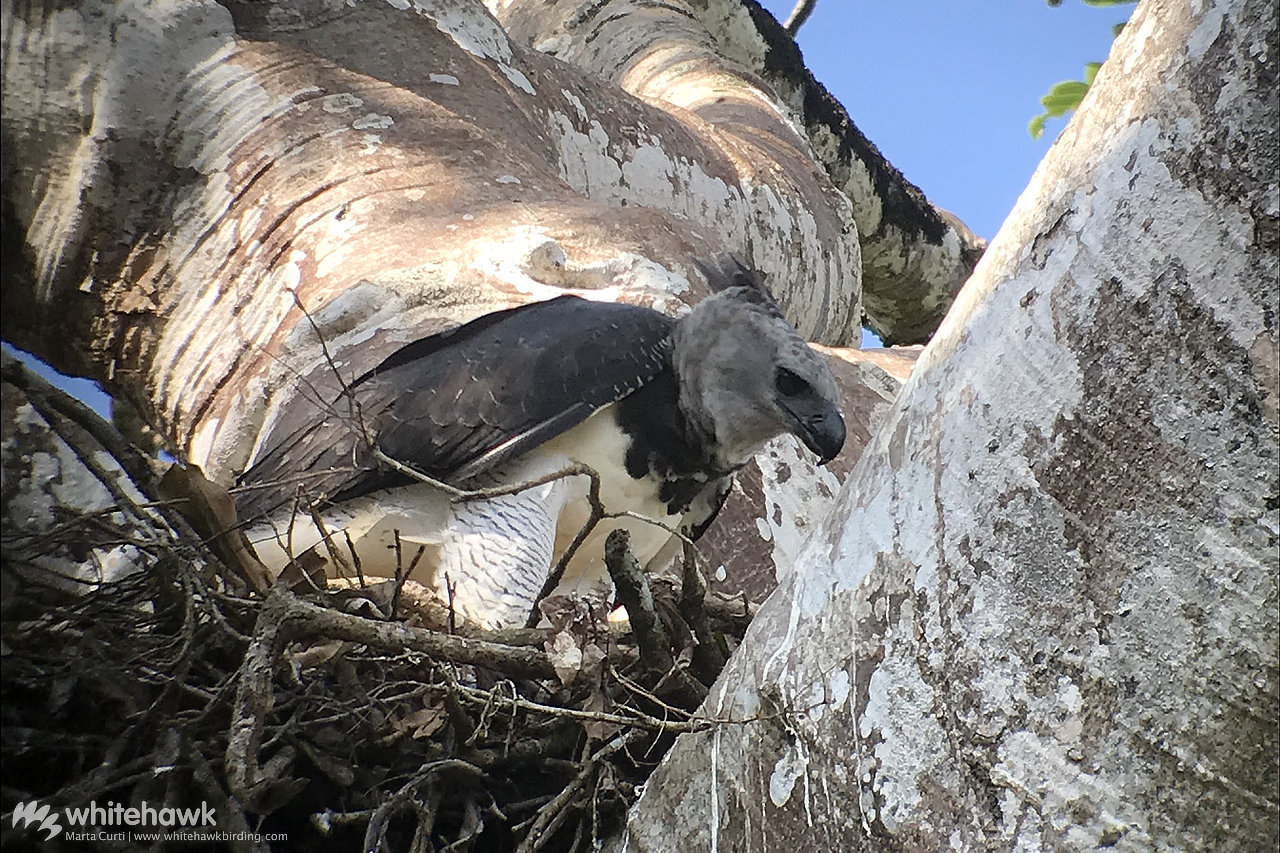
Finding a Harpy Eagle: An Adventurous Excursion
Harpy Eagles live in the mature lowland rainforests of Central and South America. They prefer large areas of expansive, intact forest, especially when it comes to nesting. Despite having a huge wingspan of 2 meters, Harpy Eagles do not soar above the forest canopy; they are truly a bird of deep forest. They can stay…
-
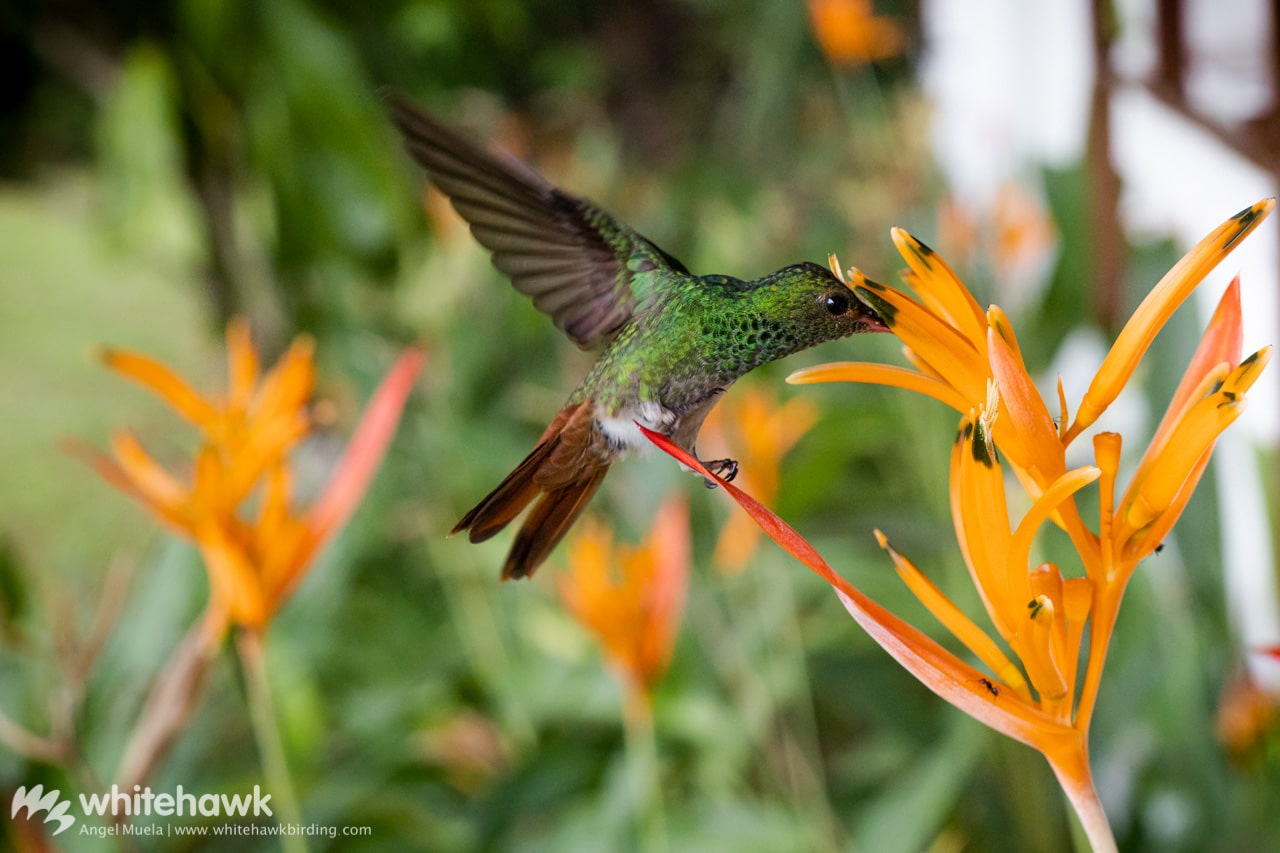
Backyard Birding in Panama City
Backyard birding has been popular for ages, and is not a hobby that has come about because of the “new normal.” However, given the current situation, many of us are still restricted to staying at home and are unable to get out and go birding. But we can observe birds from our windows, balconies, or…
-
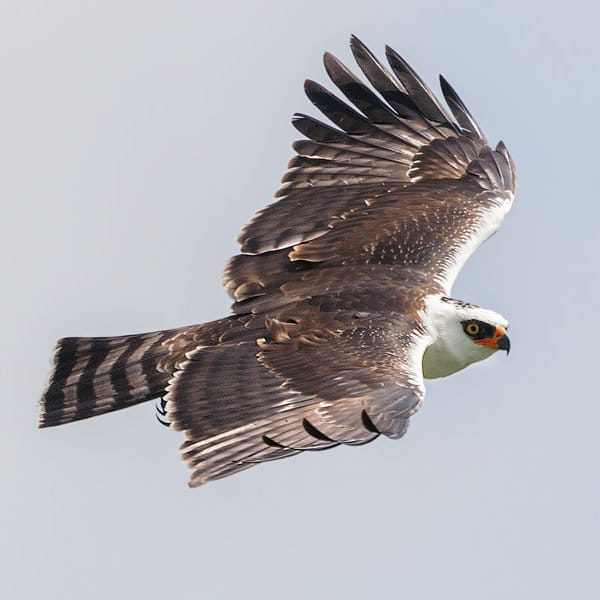
Black-and-white Hawk-Eagle
Probably one of the most striking of the Neotropical birds of prey, and one of the most difficult to observe perched, is the Black-and-white Hawk-Eagle (Spizaetus melanoleucus). We can find this raptor species throughout a large part of tropical America, from southern Mexico to northern Argentina. Unlike the Black Hawk-Eagle and Ornate Hawk-Eagle, the Black-and-white Hawk-Eagle does not tend to vocalize as much…
-
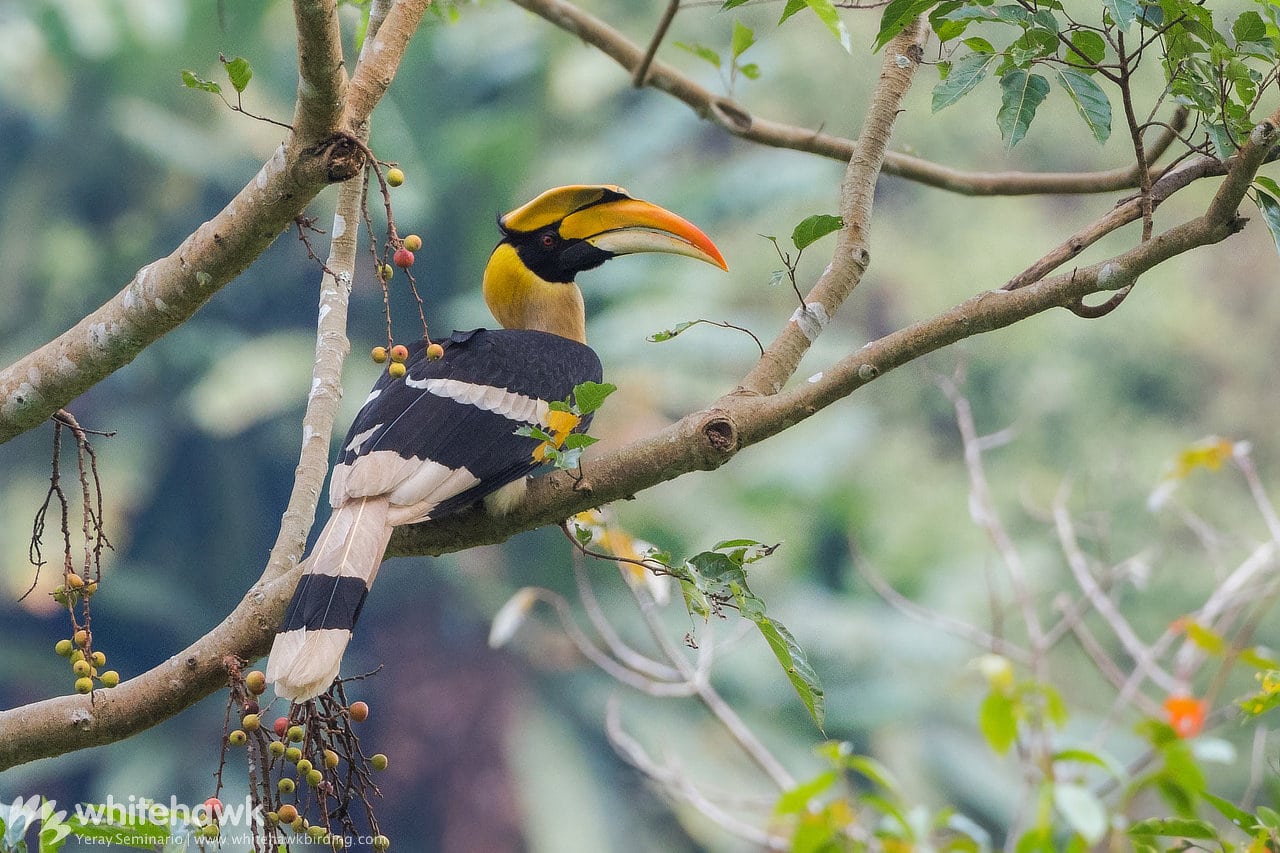
Hornbills & Toucans: A Tale of Convergent Evolution
Hornbills and toucans are excellent examples of convergent evolution. Imagine yourself standing in a rainforest in Malaysia. The gigantic, towering trees overhead close the canopy providing you some appreciated shade from the strong tropical sun. Abundant vines and lianas drape over the large branches and circle tree trunks. Mosses, lichens, epiphytes and other plants blanket…
